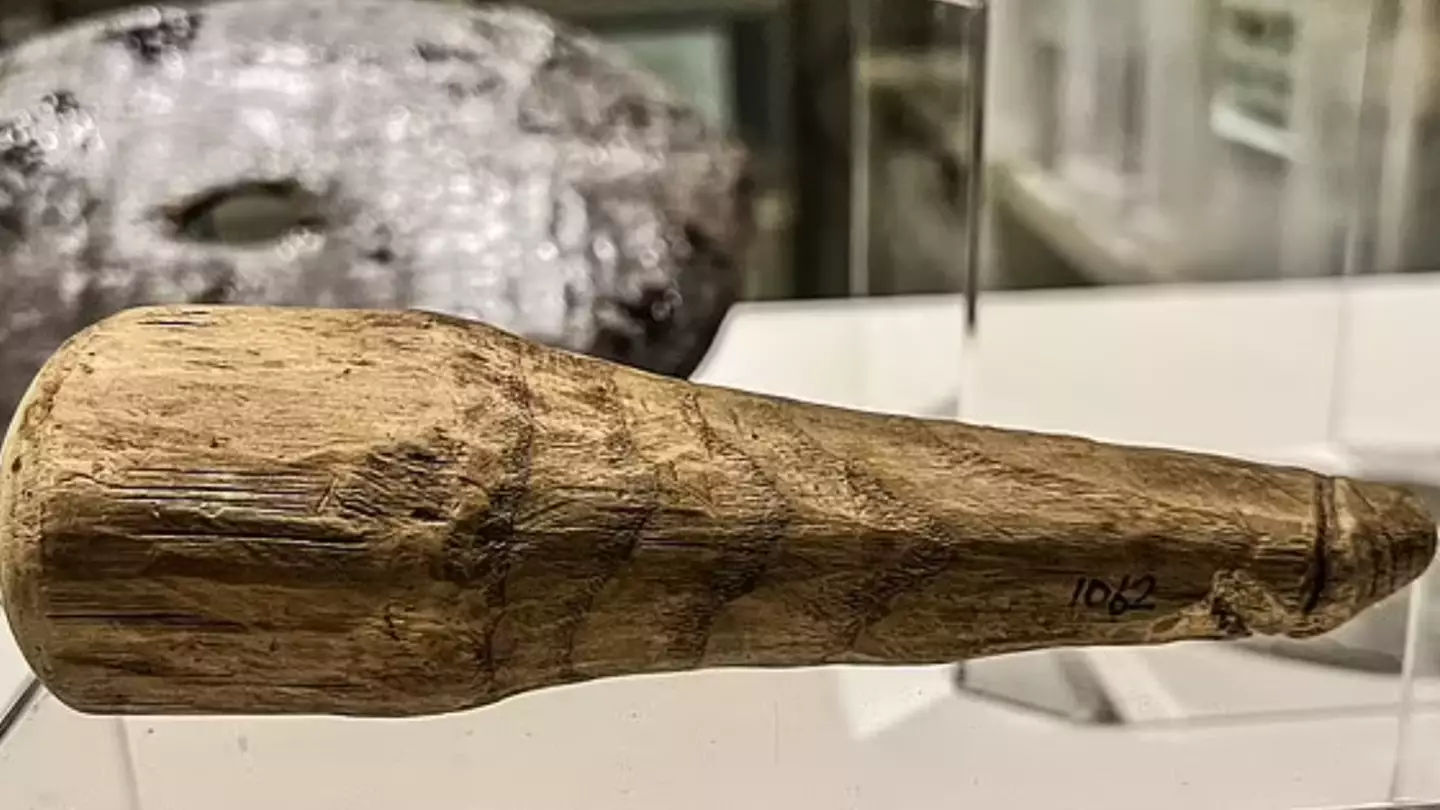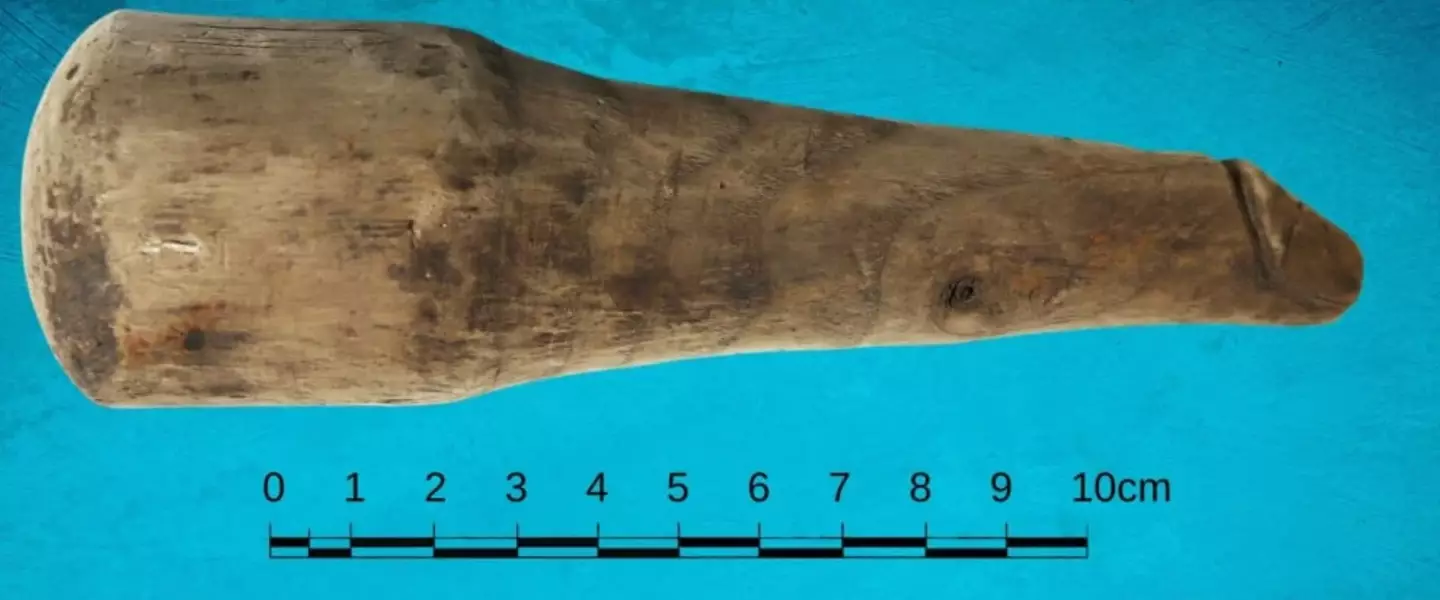It might be all battery-powered devices and scarily realistic models these days, but sex toys aren't anything new. In fact, it looks like they could go back as far as 2,000 years.
Our ancestors had needs too, after all.
The sexual habits of our predecessors might not be the first thing you'd expect to learn about in an archaeological dig, but it seems to be exactly what researchers stumbled upon at Vindolanda, a Roman fort south of Hadrian's Wall in northern England.
Excavations of the site indicate it was under Roman occupation from roughly 85 AD to 370 AD, and it was while working there in 1992 that researchers came across a wooden object around 6.2 inches in length.
Clearview / Alamy Stock Photo The object, carved from ash, isn't highly decorated, but it had been crafted by humans enough to create a long, smooth shaft and an unmistakeable tip.
Bringing a whole new meaning to the term 'wood', experts believe it could have been used as a sexual implement back in the day.
I don't even want to think about the possibility of splinters, but needs must, I suppose.
The suggestion is based on the shape of the object, which researchers noticed was smooth on both ends, indicating 'repeated contact over time'.
Dr Rob Collins, one of the authors of the study, told the MailOnline: "If the object is a sex toy, we believe it could be the oldest example from Britain."
"The size of the phallus and the fact that it was carved from wood raises a number of questions to its use," he added.
"We cannot be certain of its intended use, in contrast to most other phallic objects that make symbolic use of that shape for a clear function, like a good luck charm."
Vindolanda Charitable Trust The Vindolanda Charitable Trust has explained the object was found discarded in a ditch, leading it to question: "What was ‘it’ doing, discarded in a ditch? And where did ‘it’ come from? Can we do more to understand what caused the wear patterns which are so evident at the tip and on the base, but did not damage the shaft?"
I'm sure some of the filthier minds out there have plenty of suggestions as to what caused the wear.
The purpose of the object has been debated for some time, with some initially suggesting it may have been used for darning after it was found alongside dozens of shoes and dress accessories.
Barbara Birley, Curator at the Vindolanda Trust, highlighted the importance of the find as she commented: "The wooden phallus may well be currently unique in its survival from this time, but it is unlikely to have been the only one of its kind used at the site, along the frontier, or indeed in Roman Britain."

.jpg) Emily Brown
Emily Brown
